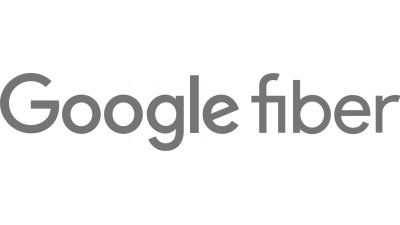4 Things To Expect From Tenants Of The Future

Technology has changed the way tenants interact with their home environment. It has altered unit layouts, installed smart devices in walls and ceilings, and shifted residents’ routines.

Cortland Partners director of investments Lou Davis closely monitors the explosion of life-simplifying innovations, deciding which deserve to be implemented at Cortland’s properties. These four tenant habits inform that choice.
1. Conducting Online Reconnaissance

Social media sites like Pinterest, Yelp, Facebook and Twitter have changed the way prospective tenants hear about, form opinions of and view apartments. Many property management companies are hiring social media strategists and reputation managers to build an online presence while keeping the buzz positive.
Marketers are also engaging professional photographers, videographers and even VR consultants to augment their buildings’ virtual image.
“It is no longer enough to have nice shots of your interiors,” Davis said. “Residents want to envision their new lifestyle at your community and a large selection of professional, detailed action shots are now the expectation.”
Technology is making it feasible for a virtual reproduction to inspire the same gut reaction that makes potential residents fall in love with a space during a tour.
“Our communities frequently get leases from out-of-state prospects based solely on the pictures we have on our website, and we expect that trend to continue,” Davis said.
Prospective tenants are also increasingly doing research on their phones and tablets. A mobile device-optimized site can enhance their experience and elevate their first impression.
2. Working From Anywhere

As more people work from home, should we expect to see a rising number of modern, beautifully designed home offices populate Pinterest boards?
“On the contrary — people find they can work from a couch just about anywhere, so the need for a dedicated office space in their unit is lessened,” Davis said.
According to him, the home office is rapidly converting to a table at Starbucks, a chair poolside or a tech-friendly shared community space on his buildings’ premises.
“I would expect to see the proliferation of co-working spaces and community gathering spaces in multifamily in the years to come,” he said.
Indeed, many new developments advertise co-working space among traditional amenities like a fitness center and a pool. They are a tremendous asset to creative types, rebelling against the confines of physical and traditional workspace, and people who need to be near their units throughout the day, perhaps caring for children or relatives.
“WiFi in public areas is simply a must have, and sitewide WiFi will likely be the norm going forward,” Davis said.
Family members streaming HD video vie with numerous data-demanding devices and the at-home worker for bandwidth. Perception of high-speed internet is quickly converting from luxury to necessity.
3. Relying On Integrated Devices

Davis said staying current with tech trends is imperative, and that, to compete with new construction, it is vital to update old properties’ infrastructure. He has incorporated smart thermostats, wireless KEVO door locks, WiFi-enabled WEMO switches, USB charging sockets and Bluetooth light fixtures with built-in speakers retroactively to remain on the forefront of the smart-unit trend.
“Residents have met these products with strong demand, and it is often the differentiator between Cortland’s renovated product and our competitive set,” Davis said.
It behooves developers to carefully consider the suite of smart devices touted by rival properties. They should, however, invest only in those that significantly improve the resident’s experience, as filling homes with gimmicky or finicky devices can frustrate potential tenants and diminish retention.
4. Demanding Rapid Delivery

Now that anything can be delivered at breakneck speed — groceries and any number of goods from e-retailers offering same-day delivery — building design is evolving to accommodate unprecedented delivery volume and frequency.
“This trend is only gaining steam, and we typically use solutions like Parcel Pending or other 24-hour automated mail delivery systems,” Davis said.
With these services, residents receive a text or email when packages arrive on-site.
“For working professionals who don’t arrive to their apartment until after the leasing center closes, this has proven an incredibly impactful amenity,” Davis said.
Cold storage rooms and package lockers are quickly becoming commonplace at properties; eventually, designated drone delivery drop sites may join the list, if the tech can surmount regulatory hurdles and gain the mass adoption many predict.

